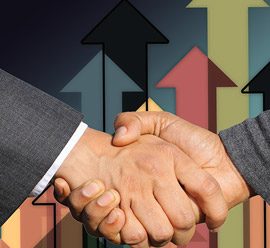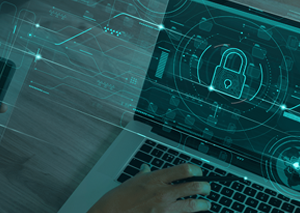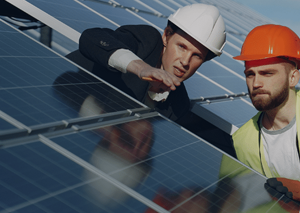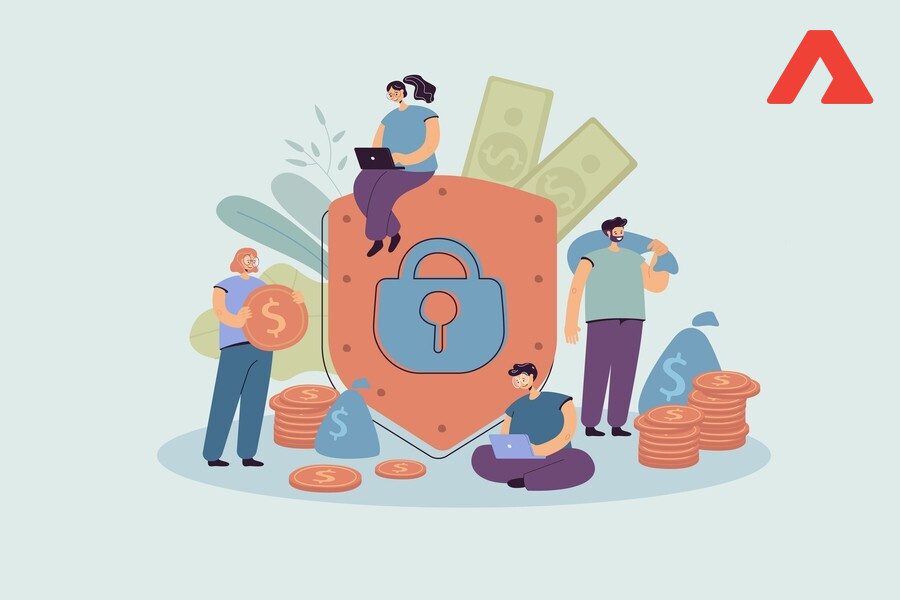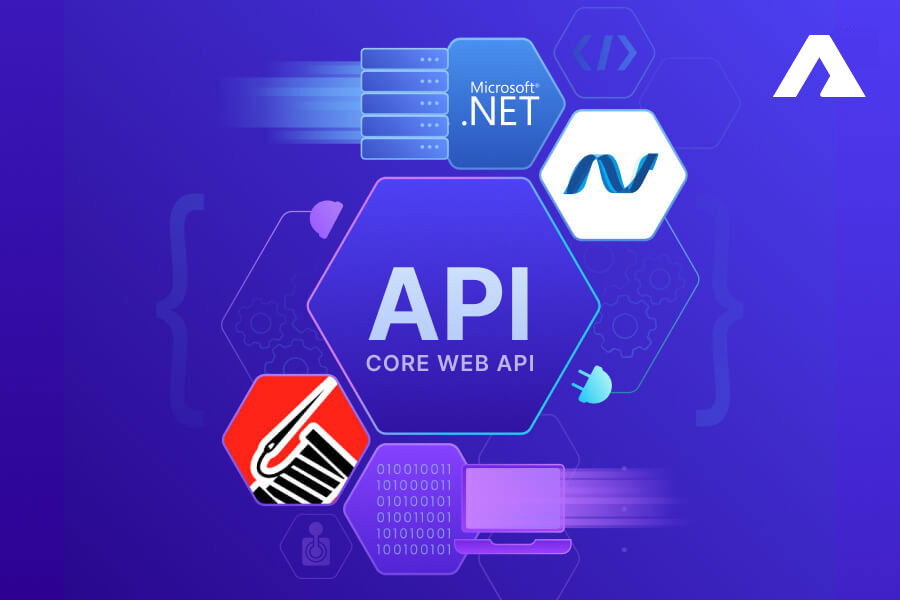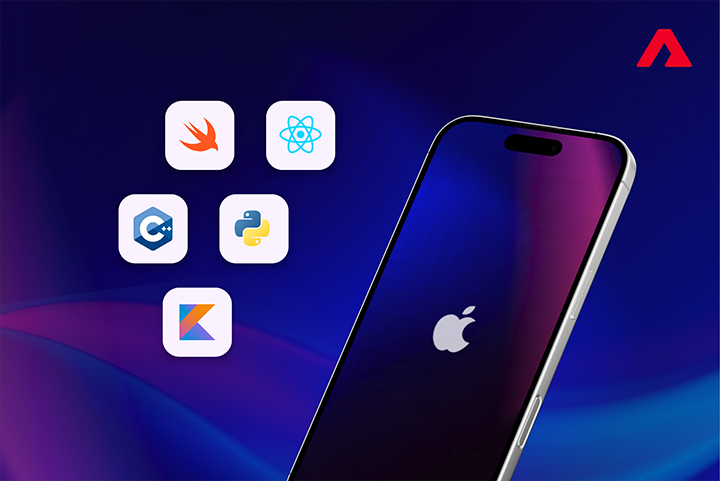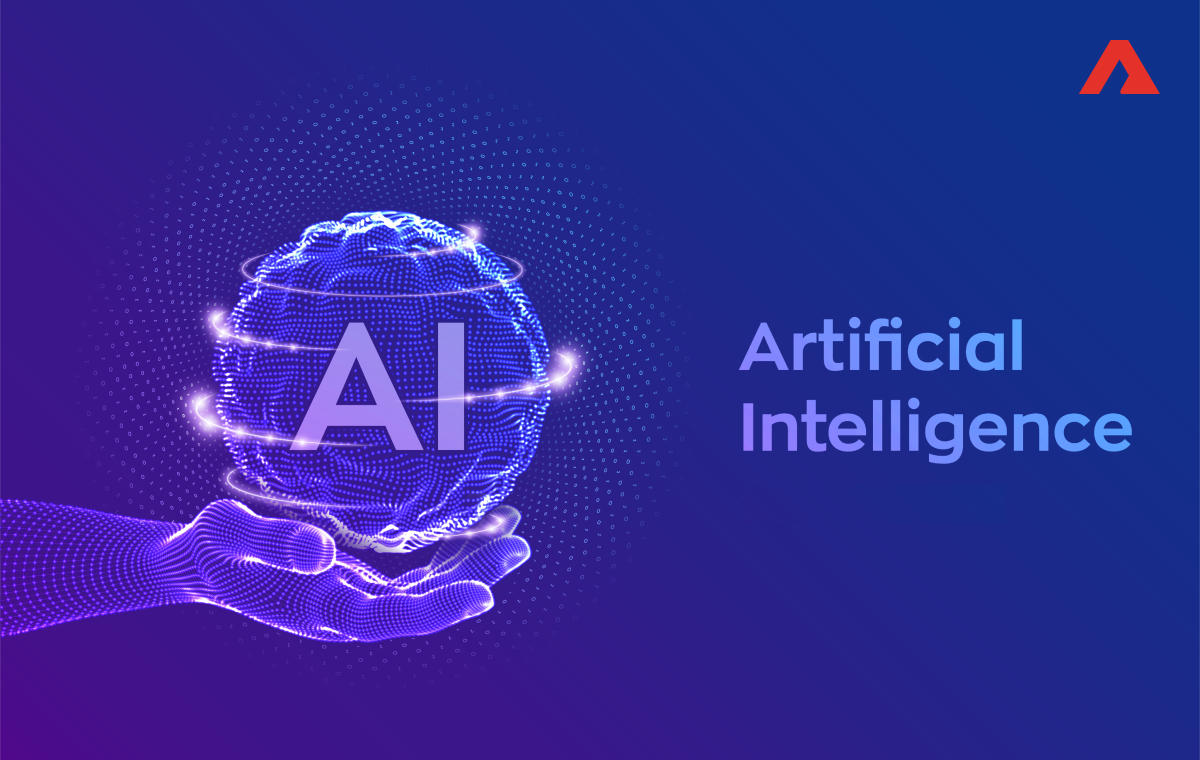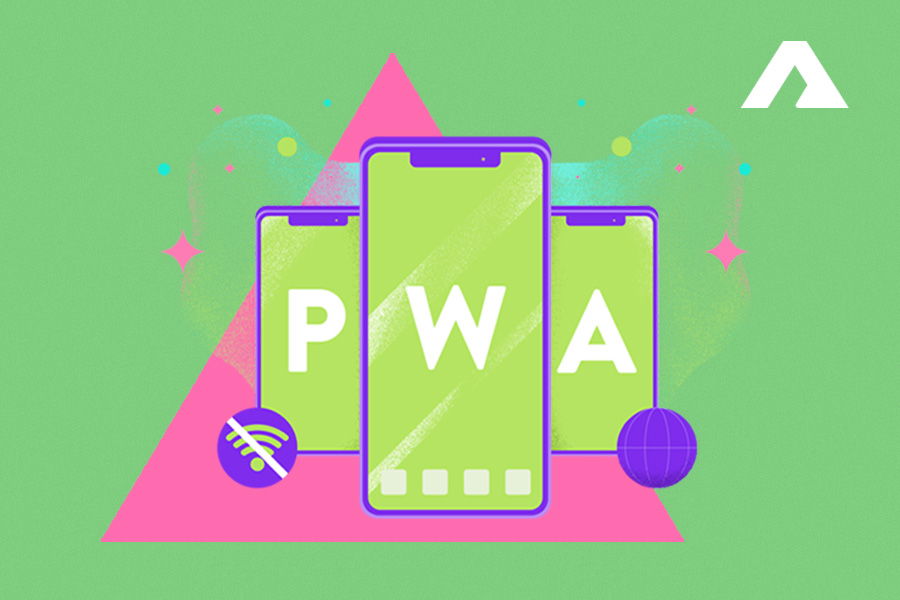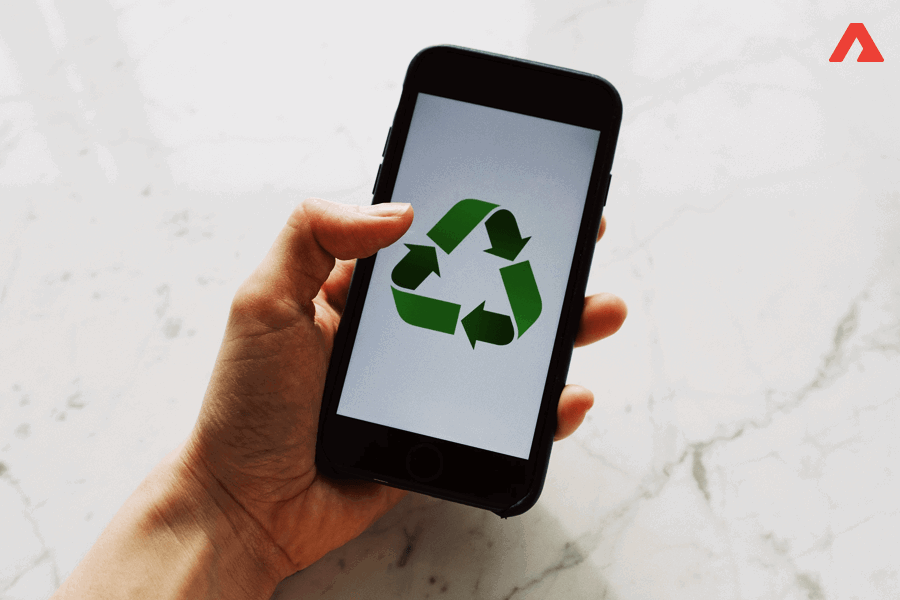IoT consists of physical objects communicating via the internet. It helps in sharing data about their status or ambient parameters. This helps to get control processes and knowledge. Benefits of it include building electronics or Smart homes. The goods tracker, fitness trackers, or industrial robots, all work with this system. It includes the major components of this technology. The best way to work is with smart tools. The tool helps in growth of demand.
The Internet of Things development helps to connect everything with everything else. It works in the physical as well as the digital world. It has a huge and wide-ranging scope. Internet of Things development includes many connected machines as well as GPS trackers. It includes autonomous vehicles and other technology. This runs with this system.
How many components in the IoT development context?
- Connecting Physical Objects – This includes physical objects. It could be pallets, printing machines, parcels, or any other physical objects. Many things are worth better investigation. There should be an attempt to control them. It helps us to move in that direction. We need to do more with limited physical resources. The best is yet to come.
- Connectivity – The internet can’t work without a connection. In the case of the Internet of things many paths always lead to a single goal. Right from the case of power-saving modems attached to other devices, everything matters. Underlying wireless technology also plays a huge role in the Internet of things. This makes this technology connect with others.
- Sensor Technology – Having perfect sensor technology goes a long way. With IoT, companies can report accurate data. It records acceleration sensors, thermometers and GPS trackers. This also helps to determine wear/tear. Many systems use sensors to gain from the internet of things.
- Infrastructure – The internet of things has a huge pool of data. IoT development benefits from the data infrastructure which links data. You can learn from these results.
There are lesser limitations when it comes to the internet of things. These kinds of systems don’t have a patent recipe. IoT development helps us move forward in many areas. We as users get new ways to interact with technology. Companies can produce and improve products, making the processes transparent. This helps in creating a sustainable society.
How will the IoT lead to digital evolution?
Although, the Internet of Things has enhanced human as well as nonhuman lives. It has also optimized human comfort. It is introducing new awareness with wearable devices. It also provides novel solutions in various industries. It is also enhancing logistics including predictive maintenance, remote monitoring, and remote control. It has also helped enhance the trend towards space enhancement. They have optimized working environments and many other facets of our lives. This would not be possible without it.
The internet of things devices are becoming responsive. The digital canopies of the networked internet of things devices are present everywhere. Sensors now reroute traffic and they enhance energy efficiency within a city.
With this system, we are experiencing a change. They have changed how we conceptualize data architectures. These work on digital intelligence and they do not look like older formats. The AI, cloud computing, and Big Data architecture are much more enhanced. Their build and operations have helped in their evolution.
This system inhabits better connectivity and immediacy. It has dissolved boundaries between humans and non-humans. This has brought awareness towards climate concerns. Many of these solutions combine IoT with sustainability. They are slowing the progression of climate change. Many innovators are also playing an active role. They are aligning the internet of things devices with climate protection standards. They are working towards making this system environment friendly. This will help in making this technology safer.
The development of IoT
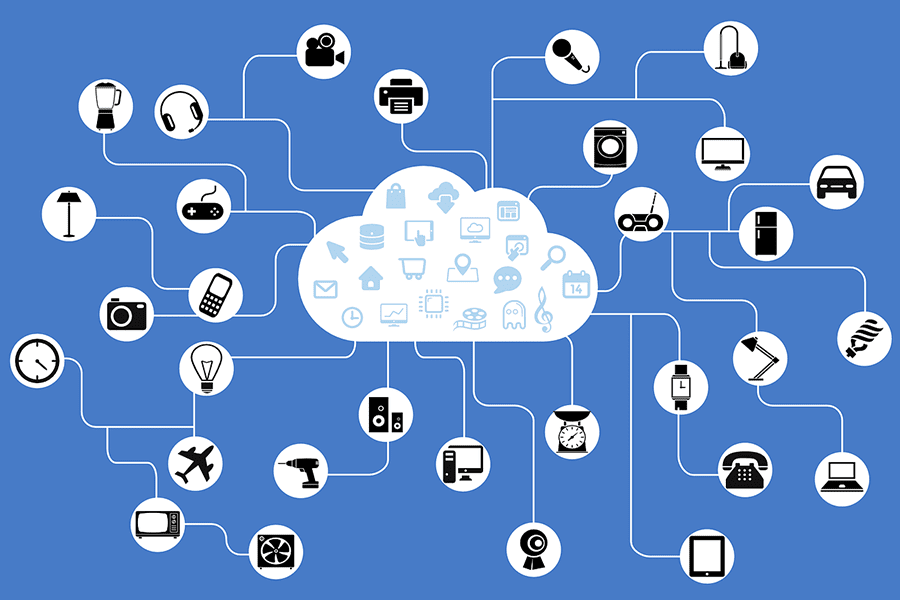
Here is the chronology of the development of IoT:
Organizations first use IoT application development for data transmission. They employed it for wireless standards in technology like WLAN, GSM, or Bluetooth. After this, the IoT-specific wireless technology opened up many application areas. This included LTE-M, NarrowBand Internet of things, and Sigfox. IoT development strengthens communication in the form of machine-to-machine. The right kind of connectivity is the key to the full potential of the Internet of things. Thus, we need a new system for connection.
The next step in the development of this system is sensors and wireless modules. They made strong and decisive headway in this area. The entry into this technology has grown. This has now become more energy-saving and affordable. The energy-saving hardware has made way for new use cases. They need lower power consumption. This helps with less cost of usage.
Hosting a dedicated IoT application can be costly. So is the case with in-house data centers. It can also get high maintenance. Scalable cloud computing has transformed organization. It has moved this system into technology for the masses. Organizations no longer need huge in-house IT systems to operate.
There has been an increase in open platforms and higher standardization. This has made it easier for companies to put in place IoT development services. This also helps them to find the right IoT solution.
AI has helped many problems with Big data. There has been progress in machine learning and AI. The progress in deep learning has given effective insights to enterprises. This has helped organizations to dig deeper. Their business processes have given better insights.
The latest development in this technology has been neural networks. These networks have contributed to IoT acceptance. This is especially true in the market of private customers. Technologies like Siri and Alexa have become persistent. Many businesses accept these technologies.
The Scope of the IoT
This technology is as versatile as it can get. It has users across industries and the globe. IoT devices connect an estimated 14 billion people. These users communicate through these IoT devices around the globe. As per industry analysts, there are a much larger number of Internet of things connections today. This is higher than combined connections between computers, servers, and smartphones.
These connections are roughly spread between enterprises and the consumer sector. They are also present in almost all the industries. As this technology gains momentum, the number of devices will also increase. It will more than double in the next few years.
Significance of the IoT
It has become a crucial technological innovation in recent years. It has gained traction due to seamless communication. It connects people, things, and processes. As earlier this was not possible, IoT development services have become all the more important. These solutions are now becoming affordable. It is true for everyday items as well as specialized sensory technology.
The more widespread digital technology, the less expensive it is to produce its hardware. It also gets harder to develop and run its software. As this technology connects everything, it is easy to get relevant data. Testing this data is also easy. Organizations can later apply this action to a situation. It doesn’t need human participation.
The relevance of this technology does not limit to use cases. The IoT development services have provided a strong force for other technologies. Digital twins, Machine learning, edge computing and data processing are new technologies. These can enjoy the data treasure. It also relies on this data as a prerequisite.
What are the benefits of the IoT?
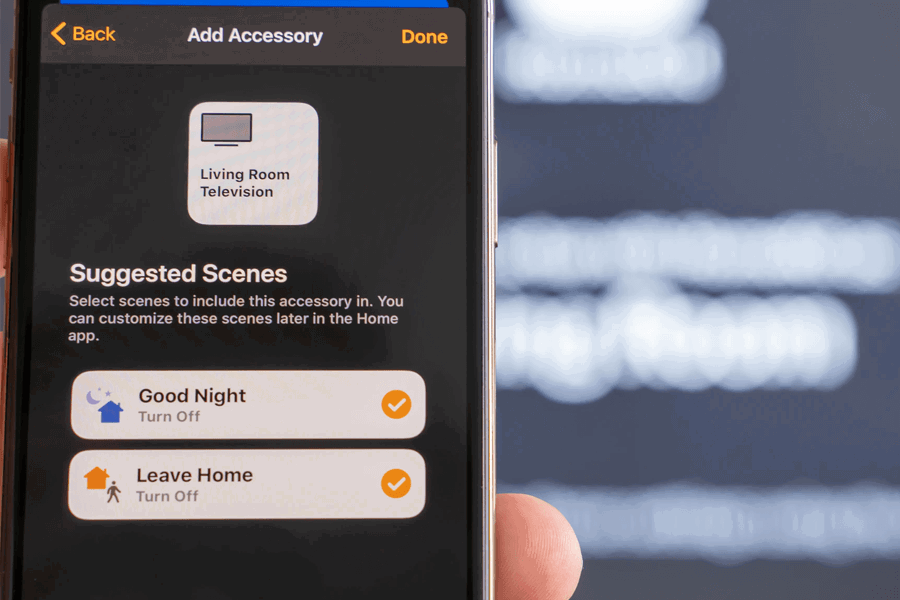
Below are the biggest benefits of this technology:
It connects sensors with production plants. Thus, companies can start digital automation. They optimize individual processes and process chains. This helps to improve output.
Logistics and manufacturing industry are the major beneficiaries of data analysis with this system. Machine maintenance can be undertaken at a very early stage using sensor data. It also helps to improve cold chains. Position trackers detect the theft of goods at a very early stage.
It also proves a potential in connecting people with machines. The correct interface can help the users to control devices across huge distances. This needs the right combination of cloud, web portal, and wireless transmission. It helps to keep a track of its condition globally. The best of the web can gain this system.
In the future, it will include controlling vehicles globally. It also helps in performing surgeries. This also uses telemedicine.
It has not been a technology revolution. It has also resulted in a business revolution. It changes technical processes. They need fundamental change in their mindset. The unit needs a change in system.
Below are the individual industries that use these IoT solutions:
- Smart Building – This technology resolves issues in Smart Buildings. This also solves many sustainability issues. An example is the right climate through sensors. Another application is smart meters for better electricity consumption. The use of smart devices helps systems.
- Safety at Work – This system improves occupational safety and health. Autonomous sensor technology can inform employees about emergencies. It can help to call out emergency services. This is true for mines, chemical factories, or oilfields. It can also help to save lives using sensory smoke alarms. The cost of health can also get cut.
- Agriculture – This helps the agriculture sector. It manages irrigation and monitoring cattle. It uses autonomous drones for irrigation mapping.
- Facility Management – Administration of real estate and technical plant. The services include business processes. Facility managers aim to manage facilities as per actual usage. It helps to manage the facilities through the service life. This also helps the units in a better way.
- The Cloud of Things – Cloud-based IoT application development provides remote connection. It manages and controls equipment and machinery. This is the definition of the Cloud of Things. It helps with real-time monitoring. The machinery and equipment work well. This system helps in responding to events and alarms. It helps with remote maintenance. It also provides remote access to all the connected devices via the Cloud of Things web portal.
- Data Analyses – It helps in data analysis of collected data. This helps to identify anomalies at early stages. This technology helps companies to make right business decisions. The base of the decisions is in-house prediction models. In the need of good design, the IoT gives good data.
Different industries are benefiting from this technology. It has helped many business processes. The base of these models is sensor data. Many industries have realized its potential benefits in the past few years. It is versatile and varied and there aren’t any limits to its usage. Thus, it is worthwhile to use it as an effective option in many areas. The need for good data has made the IoT work.
Digital services and the climate change
With the coming of digital services, the data centers have been accounting for approx. 2% of the greenhouse gas emissions globally. The data center powers video streaming and entertainment. They also add social media and cloud computing. It results in massive power consumption and its servers generate enormous heat. They need a huge amount of energy to keep cool.
Many organizations are dependent on these data centers. They have not shown any interest in going sustainable. The selection of the data center technology is hardly based on sustainability. The need of the day is to get these data centers on renewable energy. But few industries are putting the effort towards sustainability in the digital world. Many governments are trying to reach a level of sustainability. They are using actionable targets for this. But the implementation and the feasibility are far away from the set goals.
There has been development in the digital world. The speed of growth in digital services has unprecedentedly affected the environment. There are many technological developments to deal with environmental damage. This includes cloud computing through IoT. We need sustainability to offset the progress of environmental damage through digital progress.
Reduction of carbon footprint with the Internet of things
This technology has huge potential in saving carbon emissions. If the current conditions stay, it will be saving more energy than it will use. It has helped with better connectivity, enhanced automation, and responsiveness. It has helped in creating a shift from static products and services.
This technology helps companies in reducing energy. It has made a positive contribution towards better climate protection. It has paved the way for the responsible use of environmental resources. With better usage, they will get safe.
IoT innovations sustainable development
The energy sector is a driver of liability towards sustainability. They are looking for means to reduce carbon impact. Research is now coming from the private sector and public institutions. They range from the front-line solutions to energy management systems. This includes energy harvesting, wind farms, power plants, and good operations. The current trends in this platform integration are sustainable. This will pave the way for future work.
It helps in automated maintenance, reporting and analytics. They also help in data collection and optimizing smart grids. It is present in smart home devices, air conditioning devices, and lighting devices. Internet of things sensors reduce energy consumption and generate renewable energy on-site. They also measure carbon consumption. The smart measures in the energy sector have resulted in saving more energy. This has helped in generating sustainability. Smart devices are now present in all sectors.
The IoT and Security of Data
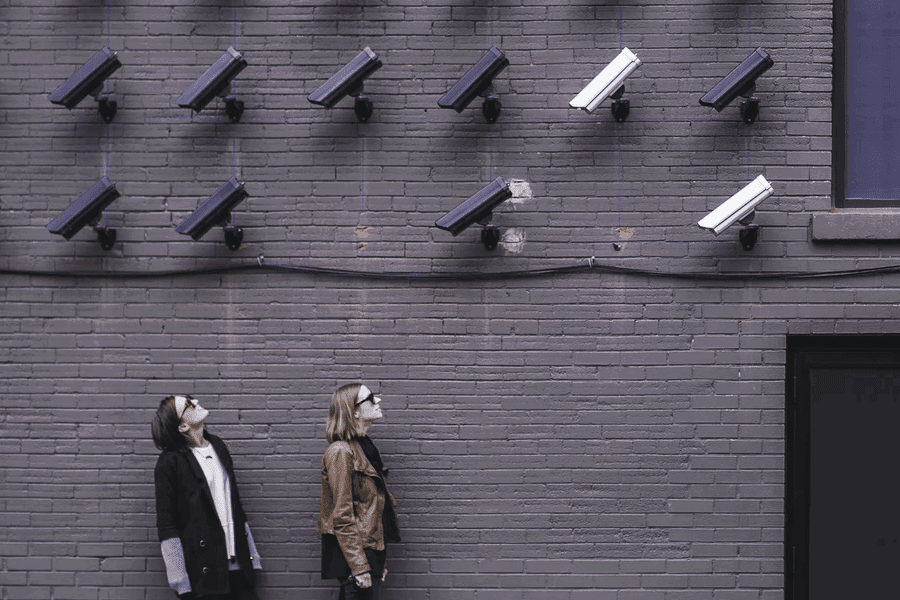
This application has not boosted efficiency and productivity. It has also improved user convenience. There is an association between issues and technological innovation of such dimensions. The Internet of things should address many other issues. The first issue is IT security and data protection.
We need to be responsible while being the drivers of change. We are also duty-bound to give quick answers. Everything available on the internet is a potential target for cyber crimes and cyber attacks. Many organizations analyze connections to fulfill their security requirements. This helps in identifying and maintaining full data protection.
The fast-growing cybersecurity and this technology market help in secure integration of solutions. This also works with end-to-end approaches. Many organizations are helping in the standardization of security requirements. This ensures worldwide security. The best of tools is this helpful.
It offers huge scope for many industries in a wide range of sectors. It helps people and society as a whole. The base of the technology is sensors. Adding an internet connection and we get immense cloud-based findings.
This system is an enabler of change. It will change the co-existence of appliances, buildings, and energy systems. This will optimize energy flows and help to reduce emissions. Once it starts operating, it will reduce global carbon emissions by approx. 20%. It helps in high end and good internet of things.
There has been a shift toward awareness of environmental issues. Companies are looking beyond traditional ways of climate management. It has helped in creating new solutions at an organizational level. Many organizations have combined the IoT with sustainability. It has helped them grow in a fast way.
Synopsis
Different devices with older-generation equipment have helped in rewiring this system. But there are many challenges ahead. The future includes lightweight IoT-enabling solutions to solve challenges. Such platforms come with their tool-chain and infrastructure. They will pave the way for the future. The best answer is getting hands on the smart solutions. This is the best bet for a safer future.
All product and company names are trademarks™, registered® or copyright© trademarks of their respective holders. Use of them does not imply any affiliation with or endorsement by them.




 Insurance
Insurance

